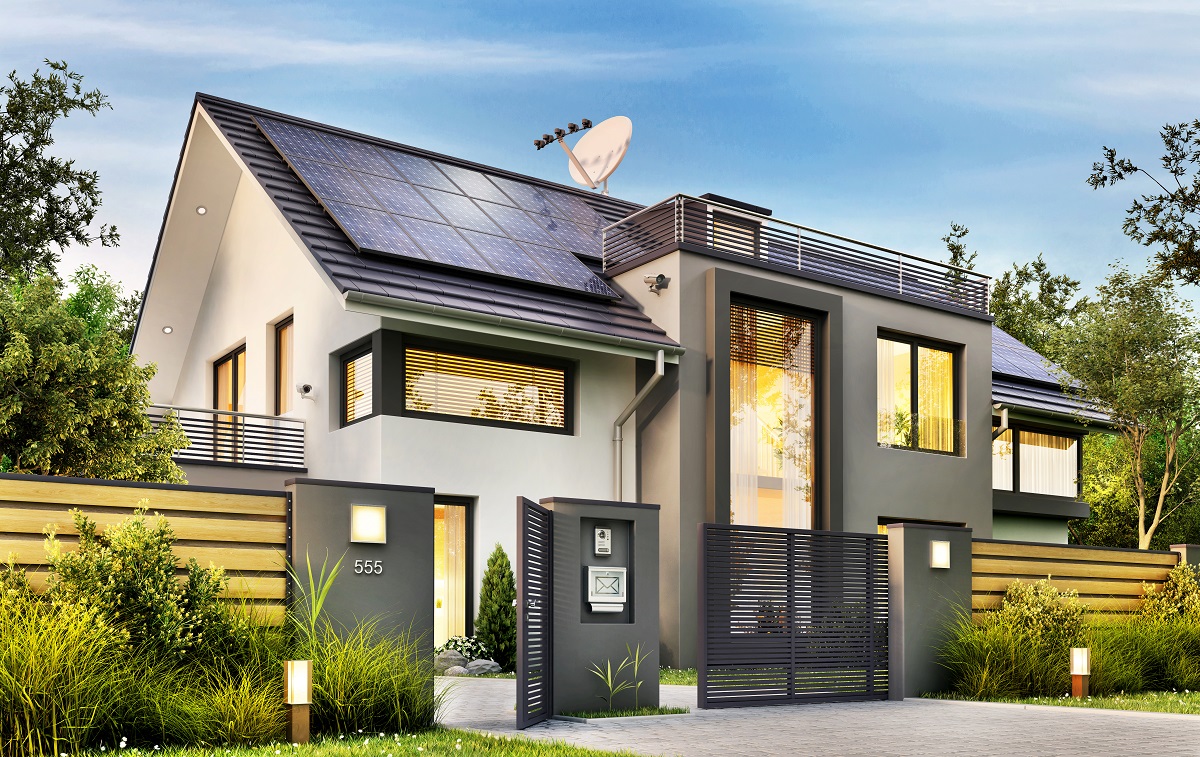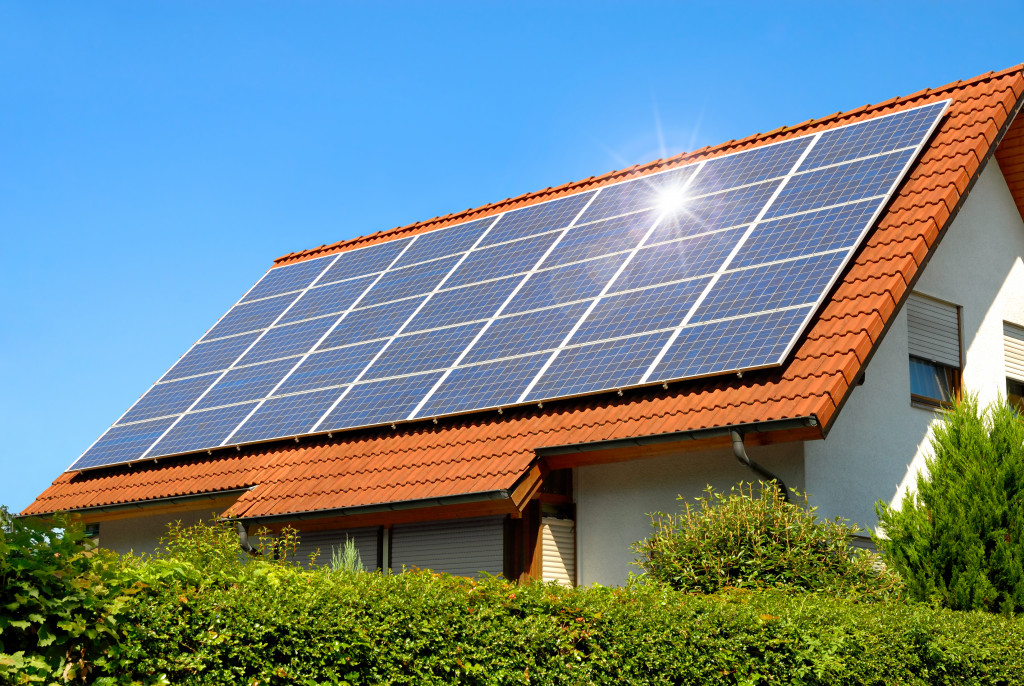Living high or high up has advantages: beautiful scenery, cleaner air, and better cardiovascular health. However, one often discounted advantage of elevated living is the copious amount of sunlight, making it perfect for solar power.
Clearer Skies, More Intense Sunlight
More sun means more energy for solar panels. Whether you’re in Boulder, Colorado, or Park City, Utah, elevation means that cloudy days and precipitation are rarer than usual. Sunlight also gets more concentrated the higher you go. Solar panels work at optimum efficiency for longer periods and angular positioning to catch sunlight is less of a problem.
The colder climate also keeps your solar panels working at peak conditions, allowing them to absorb and convert more energy. The higher efficiency of solar panels allows you to install solar power systems with smaller capacities. In places over 4,000 feet, an 8-kW system can produce enough electricity to power a 3-4 bedroom household during the day while sending excess electricity to the grid to cover for nighttime usage. Opting for the minimum solar power system is a must, as power companies will only pay for excess production with consumable monthly credits.
Negligible Costs
The price of solar power systems is constantly dropping. You can purchase an 8-kW system for $8,000-$12,000 (with installation) and immediately cut your electricity bills to zero. An outright purchase is always the best option. However, even with a 10-year loan, your electricity bill’s savings should cover the cost of your monthly premiums. Solar power systems usually come with a 25-year guarantee of efficiency, meaning their power output should remain at 80 percent or more in the stated period.
Most systems can last for 35 years or more, giving you more than 25 years of free electricity after you’re done paying for your panels. You’ll be saving $100 or more every month or around $30,000 over the life of your solar power system.
Balancing Your Production and Consumption

Certain factors can ensure that your energy consumption doesn’t surpass what your system can cover. Insulation is one of the best ways to increase your house’s energy efficiency. Insulating your house’s roofing and attic can limit heat transfer, keeping it cool during the summer and warm over winter. Area rugs can provide a layer of warmth over your floor and reduce the need for more heating options. Proper insulation can cut your home’s energy expenditure by up to 30 percent. Energy-efficient appliances can also improve your home’s energy-efficiency.
Appliances with inverter technology (refrigerators, freezers, air conditioning units, etc.) consume significantly less electricity than their older counterparts. Of course, even if you consume less than you produce, the power company won’t pay for excess production. However, you can increase your power consumption, and the best way to do so is with an electric vehicle (EV). Charging an EV with a 100-mile range will consume as much energy as running 2 freezers for the same duration or $3-$4. You’ll be saving on gas (around $1,500-$2,000 a year), and your EV will be fully charged by solar power.
Solar power systems work great in places with high elevation. They pay for themselves in 10 years, and you get triple what you paid for in savings.

